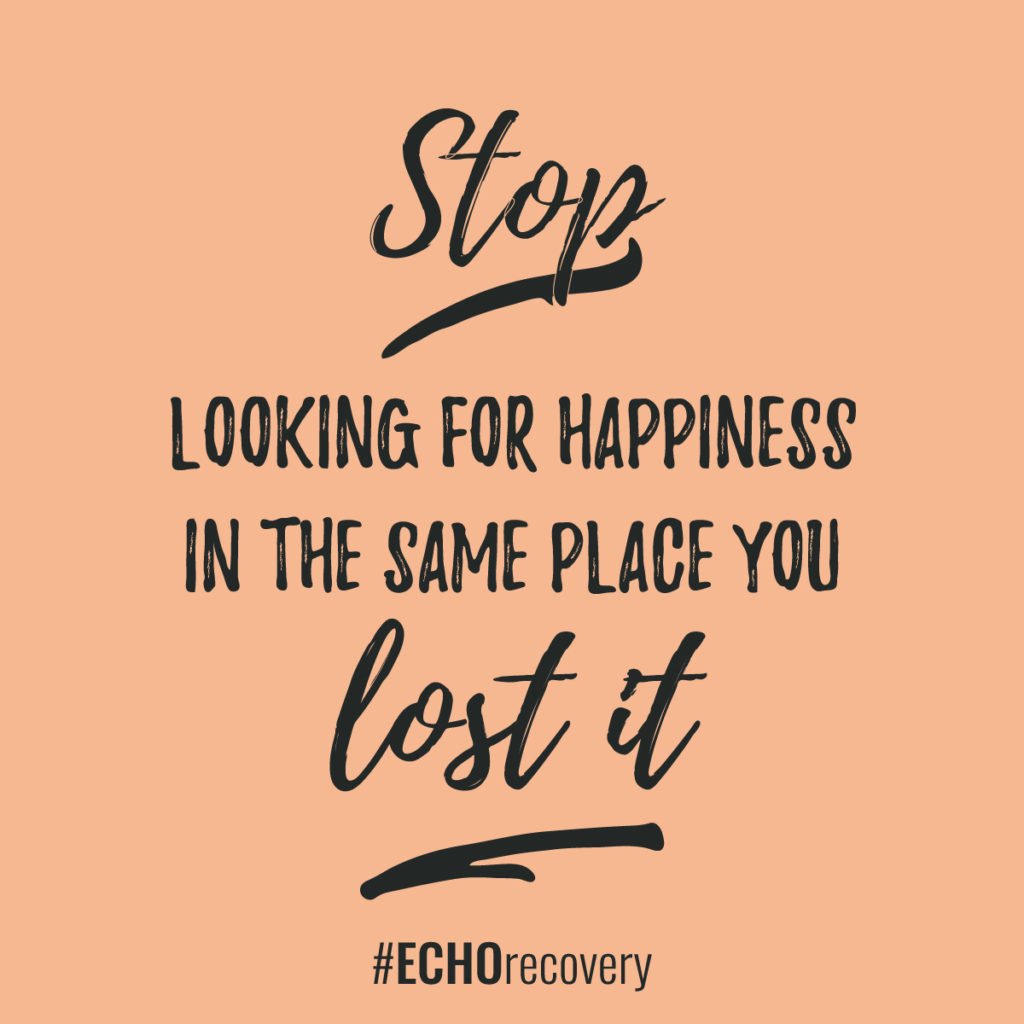Stemming from over-prescription and abuse of opioid-based painkillers and medications, the Great Opioid Epidemic spread across the United States in the 21st century, contributing heavily to the more than 64,000 drug overdose deaths in 2016.
While the epidemic’s true roots reach far back to the late 1990s, the problem with prescription drug abuse didn’t seem to gain much notice or mainstream attention until around 2015. This is when several started to declare a state of emergency regarding the growing number of deaths attributed to addiction.
As of late 2017, the issues with prescription drug abuse and addiction are out in the open, and real discussions are happening on how best to treat those that are already addicted to opioids and how to prevent an epidemic of drug addiction – which started from legitimate prescription use in many cases – from happening again.
As 2018 approaches, the public’s view of opioid addicts and their needs is softening, and our society is offering more compassion toward these individuals. States have readied funding for opioid detox and addiction treatment programs, and real help is more readily available for addicts than ever before.
Still, there are some shortfalls in providing current addicts and recovering addicts with everything they need to fully recover from addiction and become productive members of society again. One major deficit is in the availability of housing for those recovering from addiction, aka sober living houses.
What Is a Sober Living House?

Sober living houses are one of many types of transitional living facilities that offer a safe and structured environment to allow recovering addicts and substance abusers to live on the property while practicing relapse-prevention skills and being held accountable.
Most sober living homes and residences have strict, zero-tolerance policies on drugs and alcohol on the premises, providing an environment free from addictive substances and negative influences that are often the catalysts for relapse.
Common types of sober living residences include:
- Sober Living Homes
- Sober Living Apartments
- Sober Living Dorms
- Halfway Houses
- Sober Living and Transitional Facilities
- Oxford House Residences
Sober Housing Rules and Guidelines
Each sober living home will have its own set of amenities and offerings, as well as its own set of rules. However, the rules within a sober living house should promote health, positivity, and healing, while keeping residents as free as possible from negative influences.
Common sober housing rules include:
- Residents must remain sober – to support the main goal of the residence, and to protect others living on the premises.
- Drugs and alcohol are not permitted on the premises, and certain types of contraband may also be banned – if they are thought to negatively affect the sobriety and well-being of the residents.
- In some cases, the residence may require ongoing treatment, therapy or participation in group meetings to support a full recovery and ongoing sobriety.
- Employment: Some residences may require the individual to be employed a minimum number of hours per week. Enrollment in school may be considered a substitute for employment in some residences and in some cases.
- Sponsorship: Some residences will require the resident to have a sobriety sponsor.
- Chores: Many residences require each of the residents to perform ongoing chores to help keep up the property and to build a sense of pride and community.
The specific rules and regulations will assuredly change from one house to another, but the rules are implemented to keep the core values proposed by the residence. This helps keep a safe and positive environment conducive to the healing and recovery of each individual.
Why Addicts in Recovery Need Sober Living Homes
Simply put, recovering addicts who transition through a sober living house into living on their own have higher success rates in recovery, and lower rates of relapse back into old habits, including substance abuse. Addicts and substance abusers need help in all phases of their recovery to achieve successful rehabilitation and to be able to live a life of sobriety.
Individuals who detox from drugs and alcohol with the help of a professional and structured detox program are more likely to outlast withdrawal and move on to residential care and addiction rehabilitation. Likewise, those who attend a structured rehab program helmed by professionals are more likely to have a successful recovery and move on to aftercare and sober living.
The individuals who enroll in a sober living program and live in a sober home with peers under the supervision of, and with the help of, sober living house administrators are more likely to successfully transition out of these arrangements into living on their own without the risk of relapse.
Sober living is just another phase in the recovery process, and it’s a crucial one. Sober living is often the pivotal point where the responsibilities of continued sobriety begin to shift back to the individual in recovery – rather than on the treatment center staff.
Availability of Sober Living Homes and Sober Living Options
It has been established that sober living homes are an integral part of the recovery process, and actually help raise the chances of full, successful rehabilitation while lowering the chances of relapse and recidivism. So why – especially when we are entrenched in one of the greatest addiction epidemics in history – do we have a lack of sober living options for those seeking recovery?
Public Fears About Rehab Facilities and Sober Living Homes
Stigma and lack of understanding about drug addiction are two of the main reasons the recent opioid epidemic grew so out of control for many years. Many in the public – but not all – who don’t have personal experience with addiction, or haven’t had addiction strike close to them, take a very hard stance on addicts and substance abusers. They might believe that it is the individual’s fault, and that the addict does not deserve sympathy or help to make recovery easier.
The opioid epidemic introduced the general public to the fact that addiction is a disease that can start innocently enough. In the case of opioid addiction, many addictions began through the legitimate prescription of opioid-based pain medications given by a doctor.
Being that addiction could stem from an individual who innocently follows the advice of a medical professional, compassion seemed to grow for the problems that some addicts face. Many Americans who previously took a hard stance against addicts appeared to soften their stance.
While such compassion has led the most of the nation into understanding that treatment – not punishment or jail sentencing – is what is needed to stem the opioid crisis, the stigma of addiction has not completely dissolved.
Myths About Sober Living Homes in Communities
“We don’t want a facility that houses addicts in our neighborhood, or near our schools, or where our children play…” is an often-heard argument when an addiction treatment facility or a sober living facility is proposed in a neighborhood or town.
This type of argument bases itself on the fallacy that addiction treatment and sober living houses invite addicts into the community that weren’t previously there. If the opioid epidemic has shown us anything, it’s that addiction and substance abuse is not just a “big city problem,” nor limited to neighborhoods with low incomes or certain demographics.
Addiction – much like a disease – infects people. Addiction affects people, regardless of their personal qualities, income, address, or any other social characteristic.
And much like any other disease, addiction needs to be treated. Part of that treatment includes reintroducing the recovering addicts back into society. The fact of the matter is that recovering addicts will be introduced back into neighborhoods and cities regardless of whether they enter a sober living home, or simply return to an apartment complex down the street or the home right next door.
What sober living homes do is provide a safe and structured environment for these individuals to return to – one that gives them the highest chance for success and a lower risk of relapse. Sober living homes are often called “transitional living” for a good reason: They act as a buffer to help ease individuals back into the neighborhoods and cities.
Sober living ensures that the individual has the skills to avoid temptations, has become accustomed to sober living and abiding by community rules, and is not prone to criminal behaviors that often accompany active addiction. In short, sober living houses make sure that a recovering addict– who is going to return to the community either way – is prepared for re-entry.
Why the United States Needs More Transitional Housing and Sober Living Homes Now
While an end to the opioid epidemic is still far off, there are more treatment options for current addicts in 2017 than there were a year ago. More drug and alcohol users are seeking treatment every year, and with their treatment comes the inevitable re-entry back into society, cities and communities.
These recovering “addicts” are human beings that cannot simply be shunned, quarantined or confined outside of the rest of society. They have no other choice but to return, and members of the community shouldn’t hesitate to continue to live and work beside them.
The only choice available that we have in the matter is to decide if we want to help them as they return (and ensure that sober living options are available when they return to help keep communities safe for both the addicts and those living around them) or simply let them return without proper preparation and skills for a successful transition.

Experienced Chief Executive Addiction Recovery and Mental Health Professional
Business professional in the Addiction Recovery and Mental Health industry for the past 26 years. Caring, compassionate and strongly motivated to make a difference in the organizations I am affiliated with and welfare of the population we serve. Currently focused on advocating, educating and developing projects leveraging evidence based, real time technology to support individuals in recovery.


